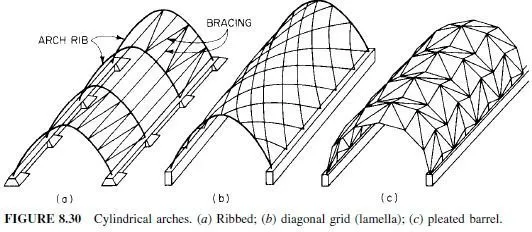to be flat (Fig. 3.8a). For the system to be in equilibrium, body B must react by applying an equal and opposite force FBA on body A. FBA may be resolved into a normal force N and a force FÆ’ parallel to the plane of contact (Fig. 3.8b). The direction of FÆ’ is drawn to resist motion.
The force FÆ’ is called a frictional force. When there is no lubrication, the resistance to sliding is referred to as dry friction. The primary cause of dry friction is the microscopic roughness of the surfaces.
For a system including frictional forces to remain static (sliding not to occur), FÆ’ cannot exceed a limiting value that depends partly on the normal force transmitted across the surface of contact. Because this limiting value also depends on the nature of the contact surfaces, it must be determined experimentally. For example, the limiting value is increased considerably if the contact surfaces are rough.
The limiting value of a frictional force for a body at rest is larger than the frictional force when sliding is in progress. The frictional force between two bodies that are motionless is called static friction, and the frictional force between two sliding surfaces is called sliding or kinetic friction.
Experiments indicate that the limiting force for dry friction Fu is proportional to the
normal force N:

Consider a block of negligible weight resting on a horizontal plane and subjected to a force P (Fig. 3.9a). From Eq. (3.1), the magnitudes of the components of P are





